The Three-Body Problem
How do three celestial bodies move under their mutual gravitational attraction? This problem has been studied by Isaac Newton and leading mathematicians over the last two centuries. Poincaré's conclusion, that the problem represents an example of chaos in nature, opens the new possibility of using a statistical approach. For the first time this book presents these methods in a systematic way, surveying statistical as well as more traditional methods. The book begins by providing an introduction to celestial mechanics, including Lagrangian and Hamiltonian methods, and both the two and restricted three body problems. It then surveys statistical and perturbation methods for the solution of the general three body problem, providing solutions based on combining orbit calculations with semi-analytic methods for the first time. This book should be essential reading for students in this rapidly expanding field and is suitable for students of celestial mechanics at advanced undergraduate and graduate level.
{{comment.content}}
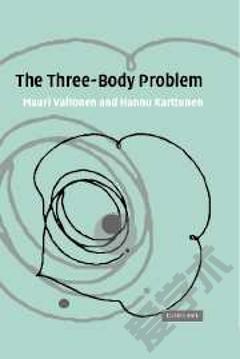
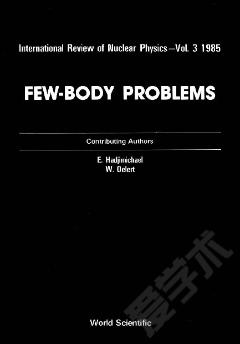
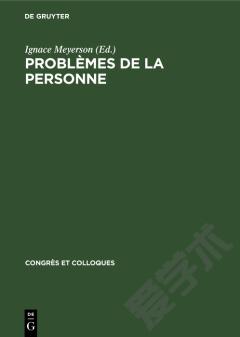


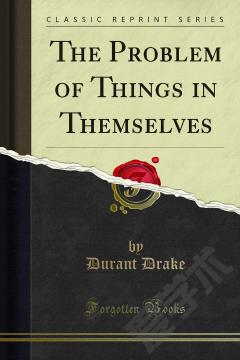
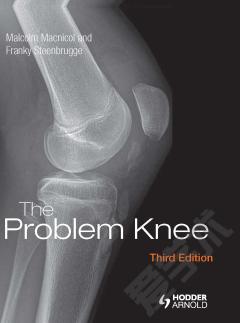

 京公网安备 11010802027623号
京公网安备 11010802027623号